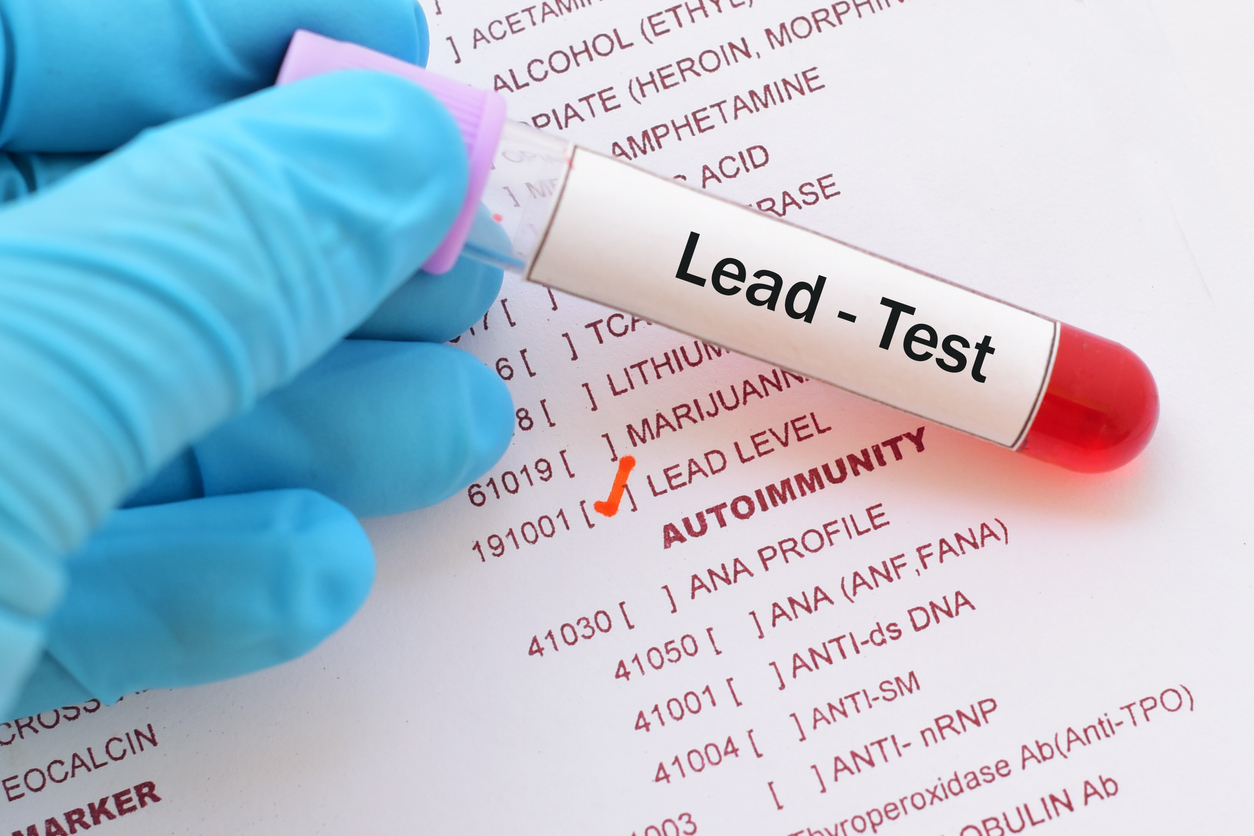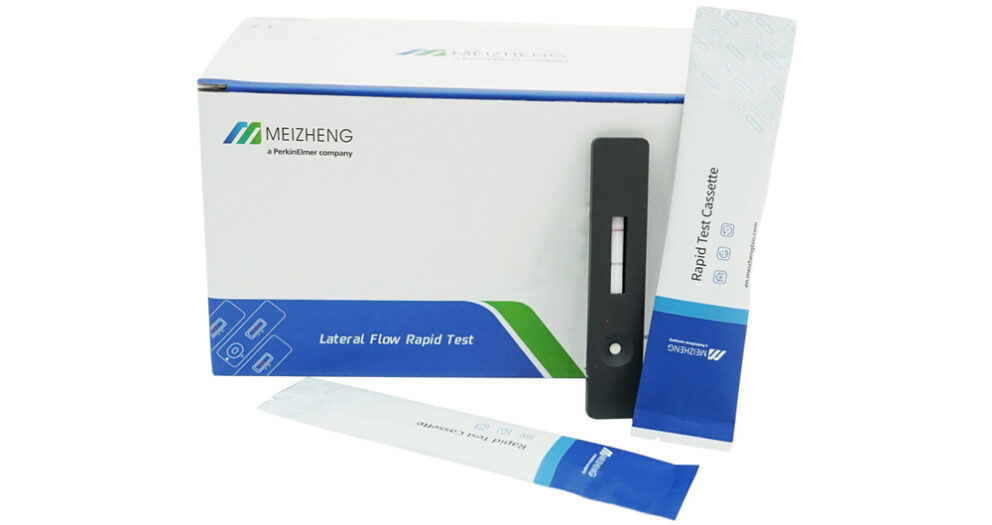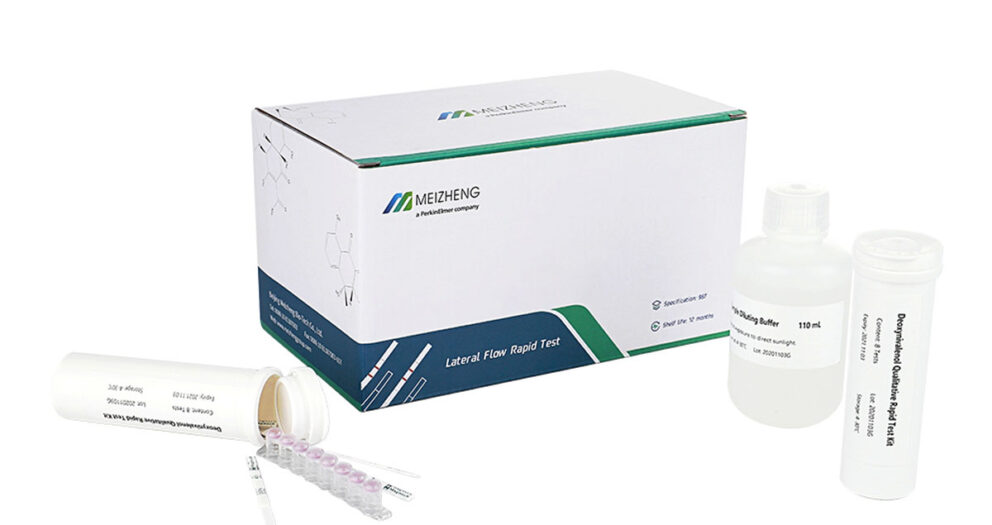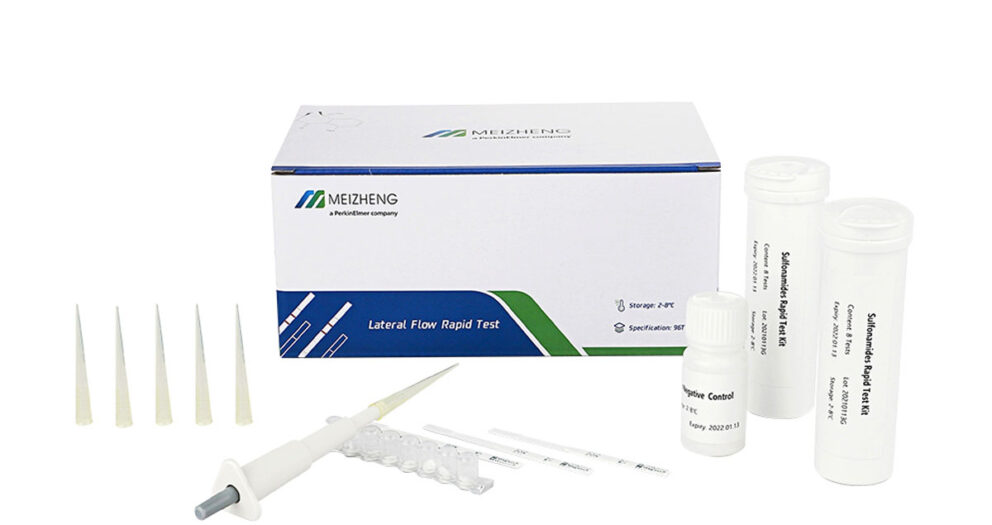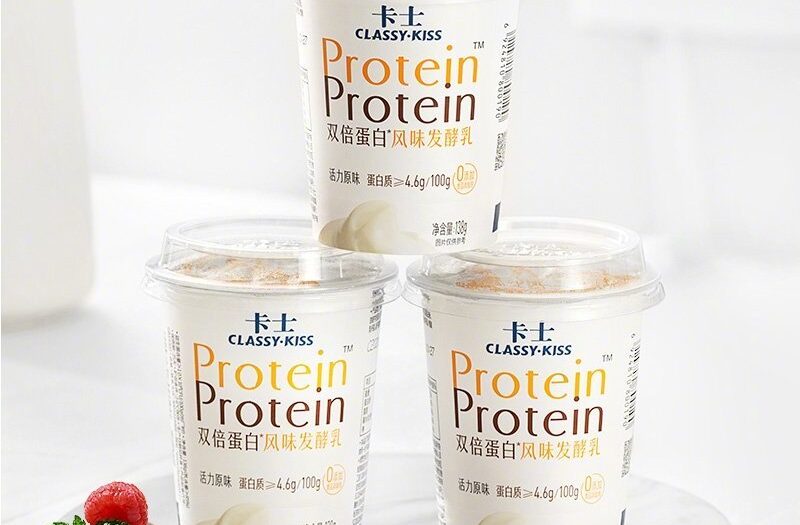About 90% of the lead in the human body comes from food. In the past, my country’s restrictions on lead content in food were relatively loose, which was also one of the reasons for this situation.
According to the survey, the lead intake of Chinese residents from food is about 82.5 micrograms per day, although it is lower than the World Health Organization standard of 86 micrograms per day, but far higher than the level of ten micrograms or even a few micrograms per day in western developed countries.
Although our country has long established hygienic standards for the limit of lead in food, some indicators are much higher than international standards. For example, the lead content in grains, the current standard is 0.4 mg/kg, while the international standard is 0.2 mg/kg; vegetables are 0.2 mg/kg, and the international standard is 0.1 mg/kg.
In the end what food lead into the human body? Grain and vegetables are the main source of lead in the human body. Meat, fruit, fish, shrimp, and eggs also contain lead, but because the overall intake of human beings is not large, the harm to health is relatively small. Lead in grains and vegetables mainly comes from soil, water and air.
The lead in food will be slowly absorbed by the human body. Generally speaking, the absorption rate of adults is 10% to 20%, and the absorption rate of children is about 40%. When the concentration of lead in the blood of adults reaches 400 micrograms / liter, it can be diagnosed as occupational lead poisoning; when the concentration of lead in the blood of children exceeds 100 micrograms / liter, it will cause harm to their bodies.
Pb exerts deleterious effects on multiple organ systems through different mechanisms of action. These affected health effects include:
(1) Heme synthesis and related functions;
(2) Neurodevelopment and function;
(3) Reproduction and growth and development;
(4) kidney function;
(5) Cardiovascular function;
(6) immune function.
Children are vulnerable to Pb because:
(1) Children’s unique way of chewing and accidental ingestion of non-food items;
(2) Children’s body has better absorption rate and retention rate of Pb;
(3) Children are prone to nutritional deficiencies so as to improve the absorption of Pb in the stomach;
(4) Children usually have relatively large body Pb loads;
(5) The blood-brain barrier is underdeveloped so that Pb can easily enter the brain;
(6) Children have greater physiological sensitivity to Pb.
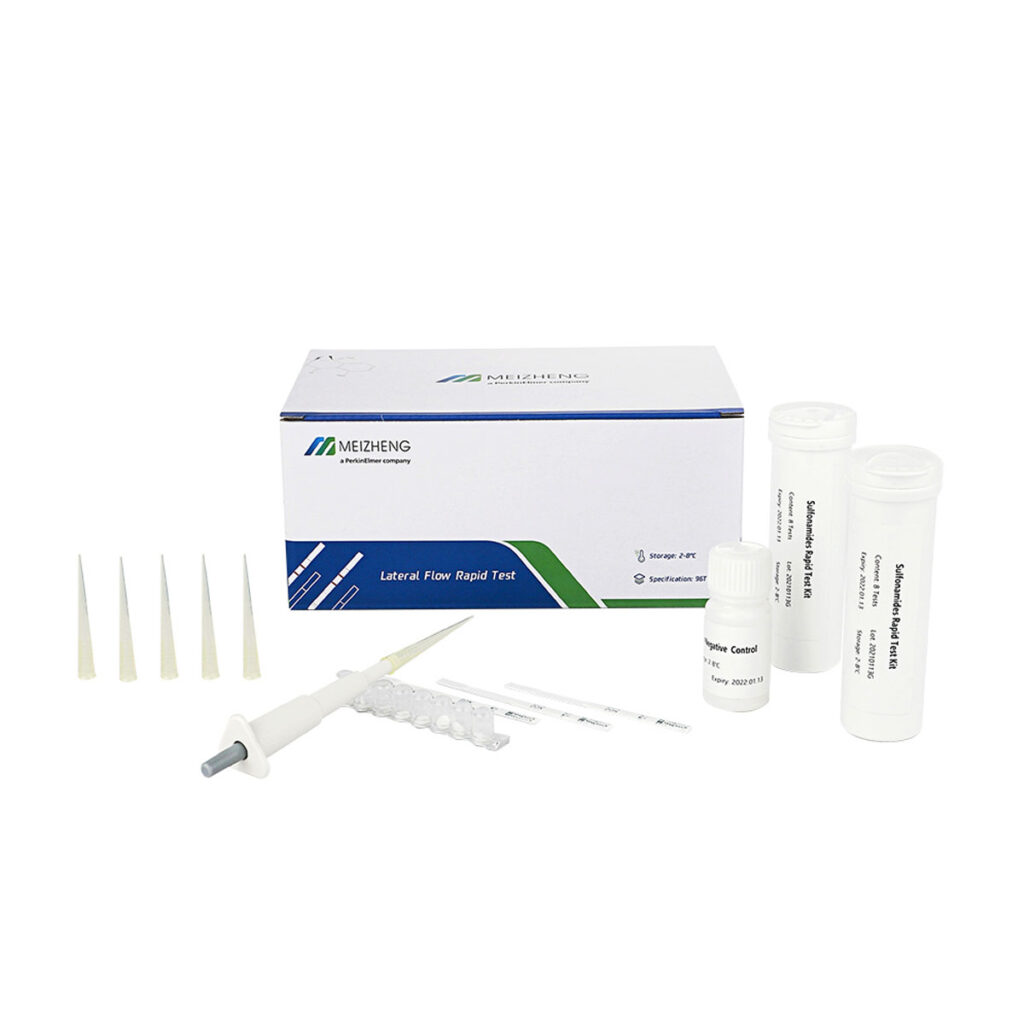
Prevention and control measures of lead pollution
(1) Curb lead pollution from the source: Pay attention to evacuate nearby residents before lead mining to prevent poisoning caused by lead pollution; pay attention to soil treatment, control industrial pollution sources, and strictly control the use of agricultural and veterinary drugs.
(2) Strengthen the control of circulation channels: control the use of lead-containing containers, regularly check the level of lead content in water bodies in polluted areas, and strictly prevent lead from entering food through normal circulation channels.
(3) Improve the construction of food safety system: food enterprises should improve the food production process and improve the technical level of food safety inspection and control.
(4) Strengthen food safety education: improve personal food safety awareness and cultivate good hygiene habits; relevant departments should raise public awareness of environmental protection through publicity, strengthen public supervision, and maintain human health.
(5) Treatment of victims: While treating the victims, prevention work should also be actively carried out. Lead is very harmful to the human body. Studies have shown that when the lead content in children reaches about 10 μg/d L, their intelligence will be 9% lower than that of children of the same age. Therefore, when treating poisoned people in a timely manner, preventive measures should also be actively promoted in order to better reduce the harm of lead to the human body.
Meizheng Rapid Test Kits can be used for food safety monitoring centers, food production and processing, food processing trade, food manufacturer self-inspection, and industrial and commercial quality supervision departments for rapid market screening, etc.


